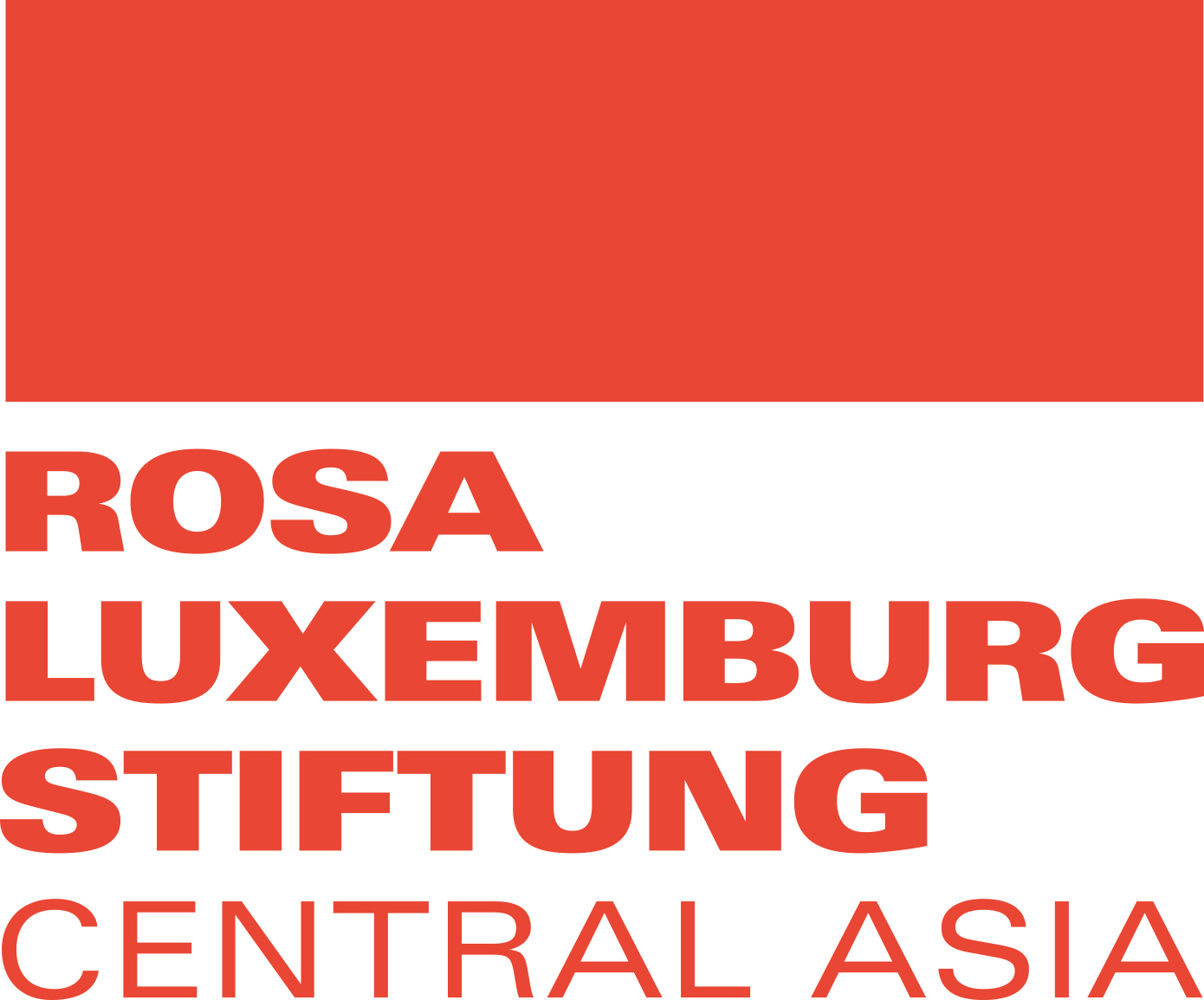April - November 2019
Belt and Road Initiative: Prospects for Social-Economic and Social Development of the Central Asian Countries
Kazakhstan
The educational institution "Kazakh-German University"

The One Belt and One Road Initiative (BRI), launched by China in 2013, is the largest global geo-economic project shaping the new global economic environment and the architecture of modern international relations.
The programmes developed under the Initiative, as well as their subsequent implementation, will determine the future development of both China and all partner countries involved in this process. Today, more than 130 countries have expressed their desire to participate in the Belt and Road project. The countries of Central Asia, including Kazakhstan, being one of the constituent, connecting elements between China, Russia, the Middle East and the European Union, have a strategic interest to "fit" into the implementation of the Initiative. BRI has a cumulative effect, it is not only the modernisation of transport infrastructure, increasing the economic potential of China, but also social, political, economic, identification transformations that will unfold in the states and societies located in the project area.
At the same time, the project participants have their own interests and goals, which often contradict each other. For example, fearing a possible maritime blockade by the United States and its allies, China is interested in safe land routes to the markets of the European Union and the Middle East. China's long-term goal is to create a transcontinental Silk Road Economic Belt (SREB), involving the development of core trade, economic and industrial zones along this corridor, located in key cities. One of the SREB branches will pass through Central Asian countries. In addition to transport and communications, one of the priority areas of China's economic penetration into Central Asian countries is energy (oil, gas, uranium, pipelines, etc.). For example, over the past 5 years China has invested $26 billion in the economies of the Eurasian Economic Union (EAEU) countries. China plans to allocate at least $40 billion for the implementation of this project in the coming years.
Kazakhstan also supports linking the SREB project with the EAEU, and has proposed its own "Nurly Zhol" ("Bright Path") linking programme, which focuses on cooperation with China in the industrial and innovative sphere. Other Central Asian countries (Kyrgyzstan, Tajikistan, Turkmenistan, Uzbekistan) are also actively attracting Chinese investments into their economies within the framework of the SREB. At the same time, their indebtedness to China is growing. They face a dilemma: is the SREB a threat and a challenge or an opportunity for socio-economic development and security in the region?
The countries of Central Asia, being participants of the initiative, receive both new opportunities and prospects, and will experience a certain influence in the economic, environmental, social and identity spheres, which cannot be unambiguously positive.
The assessment of the BRI by expert and analytical circles of the participating countries is ambiguous: on the one hand, there are enthusiastic and positive opinions and high expectations regarding the results of its implementation, on the other hand, there is extreme alarmism and pessimism in forecasts.
Undoubtedly, the implementation of such a large-scale project poses certain challenges, risks and problems, both at different levels and in different sectors, which need to be identified and minimised. In order to assess the impact of the BRI on the states and societies involved in the process of its implementation, it is necessary to conduct a systematic study aimed at identifying the positive and negative consequences of the project and developing recommendations for its effective development, as well as harmonising the positions of partner countries.
The programmes developed under the Initiative, as well as their subsequent implementation, will determine the future development of both China and all partner countries involved in this process. Today, more than 130 countries have expressed their desire to participate in the Belt and Road project. The countries of Central Asia, including Kazakhstan, being one of the constituent, connecting elements between China, Russia, the Middle East and the European Union, have a strategic interest to "fit" into the implementation of the Initiative. BRI has a cumulative effect, it is not only the modernisation of transport infrastructure, increasing the economic potential of China, but also social, political, economic, identification transformations that will unfold in the states and societies located in the project area.
At the same time, the project participants have their own interests and goals, which often contradict each other. For example, fearing a possible maritime blockade by the United States and its allies, China is interested in safe land routes to the markets of the European Union and the Middle East. China's long-term goal is to create a transcontinental Silk Road Economic Belt (SREB), involving the development of core trade, economic and industrial zones along this corridor, located in key cities. One of the SREB branches will pass through Central Asian countries. In addition to transport and communications, one of the priority areas of China's economic penetration into Central Asian countries is energy (oil, gas, uranium, pipelines, etc.). For example, over the past 5 years China has invested $26 billion in the economies of the Eurasian Economic Union (EAEU) countries. China plans to allocate at least $40 billion for the implementation of this project in the coming years.
Kazakhstan also supports linking the SREB project with the EAEU, and has proposed its own "Nurly Zhol" ("Bright Path") linking programme, which focuses on cooperation with China in the industrial and innovative sphere. Other Central Asian countries (Kyrgyzstan, Tajikistan, Turkmenistan, Uzbekistan) are also actively attracting Chinese investments into their economies within the framework of the SREB. At the same time, their indebtedness to China is growing. They face a dilemma: is the SREB a threat and a challenge or an opportunity for socio-economic development and security in the region?
The countries of Central Asia, being participants of the initiative, receive both new opportunities and prospects, and will experience a certain influence in the economic, environmental, social and identity spheres, which cannot be unambiguously positive.
The assessment of the BRI by expert and analytical circles of the participating countries is ambiguous: on the one hand, there are enthusiastic and positive opinions and high expectations regarding the results of its implementation, on the other hand, there is extreme alarmism and pessimism in forecasts.
Undoubtedly, the implementation of such a large-scale project poses certain challenges, risks and problems, both at different levels and in different sectors, which need to be identified and minimised. In order to assess the impact of the BRI on the states and societies involved in the process of its implementation, it is necessary to conduct a systematic study aimed at identifying the positive and negative consequences of the project and developing recommendations for its effective development, as well as harmonising the positions of partner countries.
Project Objective:
To assess the impact of the Belt and Road Initiative on Kazakhstan, and subsequently on Central Asian countries.
Project Tasks:
- Identify the factors, prospects and consequences of the BRI's impact on the countries of the region in the following vectors:
- foreign policy;
- security policy;
- socio-economic development;
- cultural and humanitarian co-operation and interaction in the sphere of education;
- identification processes;
- environmental condition and water-energy balance.
2.Identification of peculiarities of perception of the BRI and its implementation by the population of Central Asia, assessment of the scale and negative attitude towards it.
Main activities of the project:
- Sociological research to comprehensively understand the prospects and consequences of the impact of the BRI on the countries of Central Asia (in 2019 - on Kazakhstan), as well as to identify the factors influencing the implementation of this initiative;
- International conference "Belt and Road Initiative: prospects for socio-economic and social development of Central Asian countries" (Almaty, 19 October 2019).

